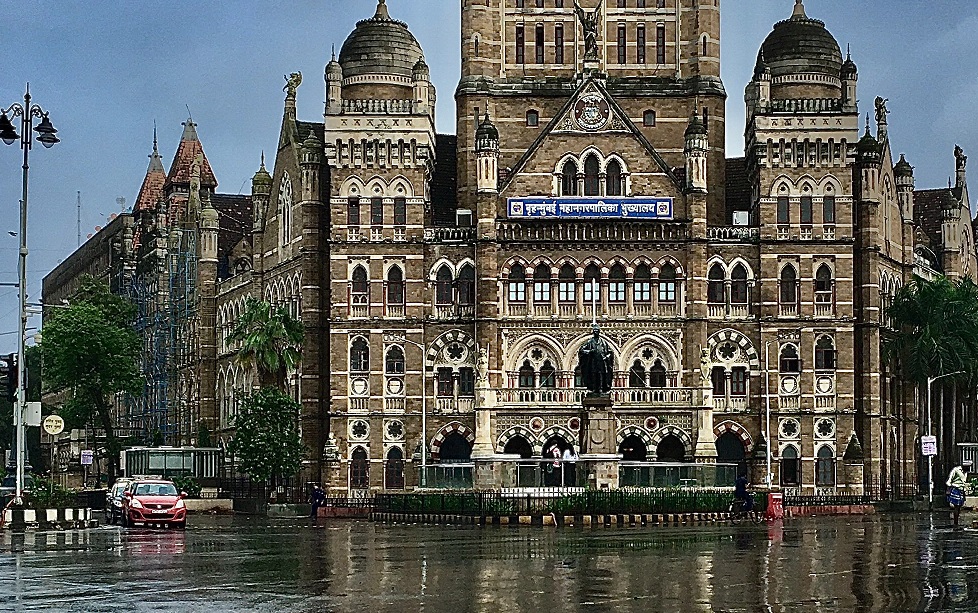
Formation of a democratic governance framework with local responsibilities and decentralization assumed and controlled at the local level were the goals of the Constitution(74th) Amendment Act of 1992. It came with a clear intention to enhance people’s engagement and accountability in administration. According to data issued by the Ministry of Housing and Urban Affairs (MOHUA) in 2016, our cities occupy only 3% of the country’s land, but their contribution to GDP might be as high as 60% when land packages with high urban densities coexist with those that are underutilized.
As per the United Nations-sponsored World Commission on Environment and Development in Our Common Future (1987), a development is sustained without jeopardizing future generations’ ability to meet their own needs. Goal setting, data collecting and analysis, forecasting, design, strategic thinking, and public consultation are all part of urban
development, which is concerned with both the acquisition of open land and, as a result, the rehabilitation of existing areas of the town. According to the 2011 Census, 31.16 percent of India’s population, or 377 million people, sleep in urban areas, indicating that India is part of a global trend toward rising urbanization.

Several development targets in India, for example, reflect the need for intentional effort in meeting the urban economy’s maximum capacity and avoiding negative externalities of urbanization, as identified by NITI Ayog Report on Reforms in Urban Planning Capacity in India:
- The economic growth target of USD 5 trillion economy by 2024,
- The employment target of having total workforce estimated to be 0.64 billion by 2030, of which 0.26 billion to be employed in urban areas
- The infrastructure targets of creation of 11 large industrial corridors as part of the National Industrial Corridor Programme, several multi-modal logistic parks, etc., and
- the environmental protection targets: India`s commitments in the nationally determined contributions, river rejuvenation projects, etc.
While the Central Government undoubtedly provides strategic leadership, state legislatures have a critical role in not just transferring capacities, assets, and functionaries, but also in creating an empowering environment through administrative and institutional transformation. A close assessment of total municipal income reveals that they accounted for only 1.08 percent of GDP in 2007–2008, and then dropped to 1.03 percent of GDP in 2012–2013. By comparison, Poland had a ratio of 4.5 percent, South Africa had a ratio of 6%, and Brazil had a ratio of 7.4 percent.
The main argument for this is the lack of an income model with the city local governments that would enable recovery of the acquired assets with premium as well as ensure a reasonable return from private interest in public-private partnerships. Lack of capacity for planning and negotiating at the local government level to enter public-private partnerships, as well as insufficient assistance from state legislatures in building an empowered climate, are two reasons why private financing is not being pursued.
In the light of the above background, some tools to achieve inclusive urban development and thereby increasing capacity of city administration are:
- Urban poverty map
For example: according to the Economic Review (2019), In order to analyse how demographics and income are distributed, data from other departments/Ministries must be made available in real-time. Like when health records are analysed, data from other departments/Ministries must be made available in real-time to achieve inclusive growth. - City spatial development plan
- Municipal capacity assessment
- Participatory budgeting and planning
- Multi stakeholder contract
- Improve the planning system and capacity at the local level
For example: Standing Committees can be established at Urban Local Bodies to provide a key foundation for thorough planning, close review of proposals, and effective monitoring - Strengthening the Financial and Fiscal Systems
- Encourage territorial and spatial growth
- Disaster Management and creation of climate-smart and resilient cities.
For example: The World Bank has approved a $125 million programme to help Kerala become more environmentally friendly and resilient. - Land acquisition along with securing the rights of the poor.
For example: SCALE-UP project by Bill and Milinda Gates foundation to strengthen the capacity of municipal administrators in realising pro poor projects.
[This is the first article in a two-part series, you can read the second part here]
Kush Sharma is a policy researcher with experience in the field of public finance and public policy with the Government of India. His last engagement was with the Ministry of Housing and Urban Affairs. Prior to this, he has worked with the Department of Economic Affairs, Ministry of Finance.